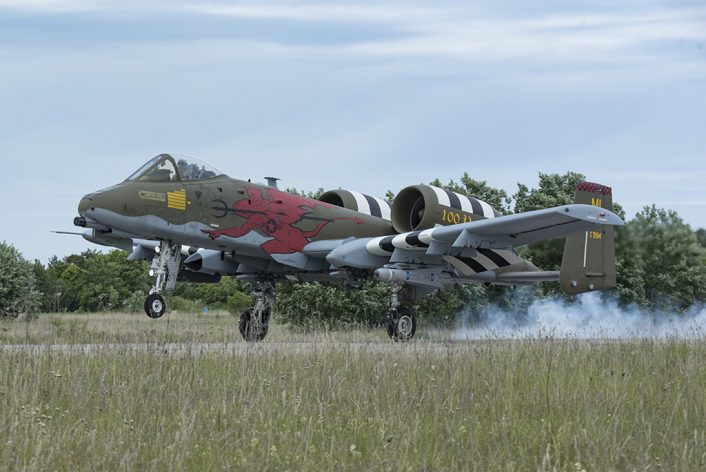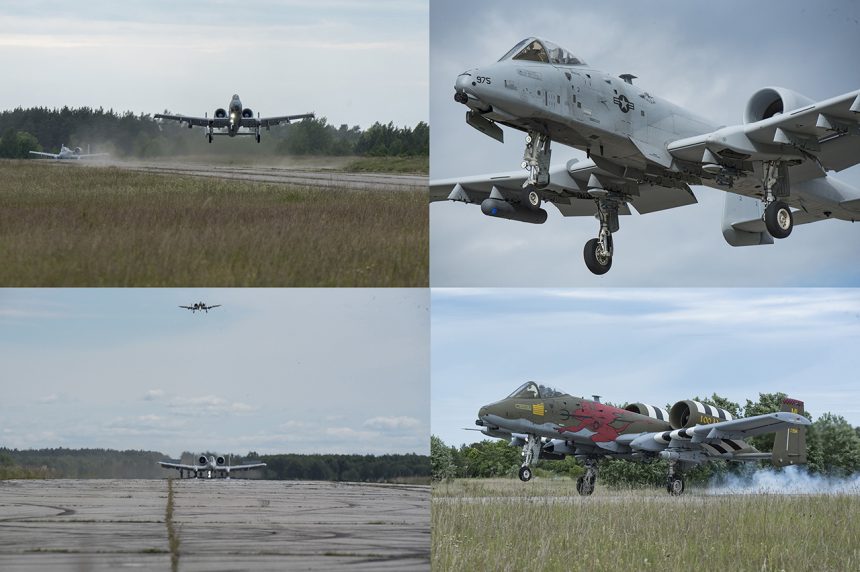U.S. A-10s Thunderbolt II aircraft deployed to Europe to take part in Sabre Strike 18 have conducted “rough field training” in Estonia.
Thanks to its engines mounted far from the surface of the runway, the A-10 attack aircraft is practically immune to FOD (Foreign Object Damage) caused by debris flying up from unprepared runways. For this reason, the Warthog (one of the most popular A-10 nicknames) often practice austere landing and take off operations, especially when they are deployed to eastern Europe, a theater that is scattered with highway strips as well as abandoned Warsaw Pact military airfields, which have not been in use since the Cold War, that are perfectly suited for such kind of training.
Since the beginning of the month, eight A-10C from the 107th Fighter Squadron, from Selfridge ANGB Michigan, have deployed to Lielvarde Air Base, Latvia, to take part in Exercise Saber Strike 18, “a longstanding U.S. Army Europe-led cooperative training, designed to enhance readiness and interoperability among allies and regional partners.”
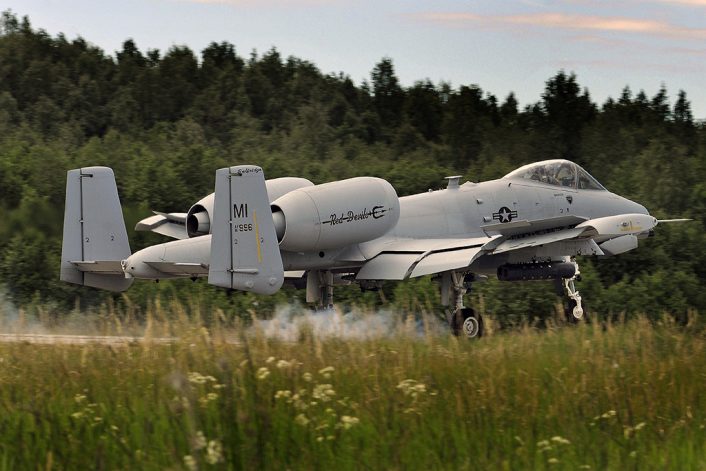
In order to test and train unimproved surface operations while training with NATO’s enhanced Forward Presence (eFP) battlegroups, on Jun. 7, the A-10’s have practiced operations on Jägala-Käravete Highway in Jägala, a rural highway in northern Estonia. That is the very same unprepared landing strip where, on Aug. 10, 2017, one of the A-10C (assigned to the 104th Fighter Squadron, Maryland Air National Guard) hit and damaged a road sign while performing landing and take off training.
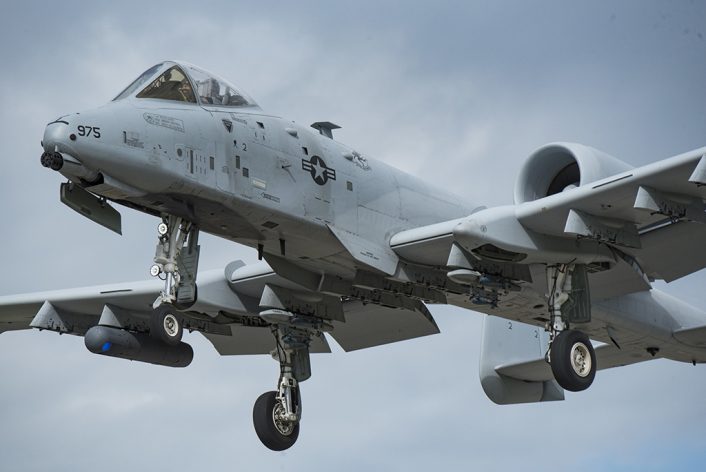
The training also involved practice landing on a un-operational, austere runway in Haapsalu, Estonia.
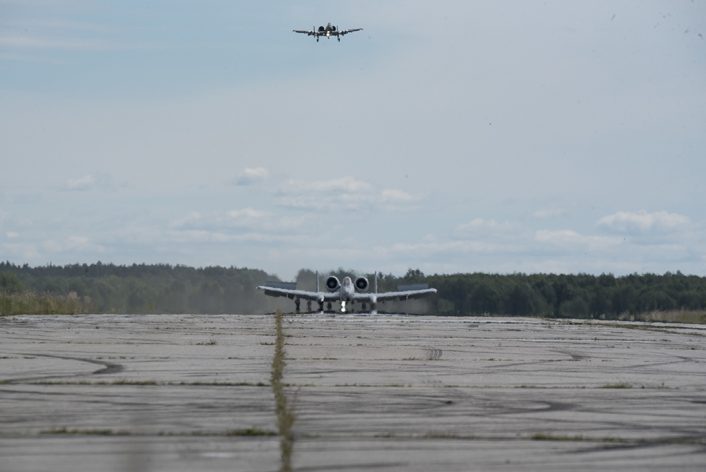
Interestingly, among the aircraft conducting the austere landing operations in Estonia there as also the special-colored A-10C 81-0994/MI, that commemorates the 100th Anniversary of the Red Devils of the 107th Fighter Squadron, with a livery inspired to the P-51 (F-6A) of the 107th TRS, that flew the Mustang over Normandy during WWII. Before deploying to Latvia, this aircraft, from RAF Mildenhall, flew over the beaches of Normandy, France, as part of the commemoration ceremonies for D-Day 74.
